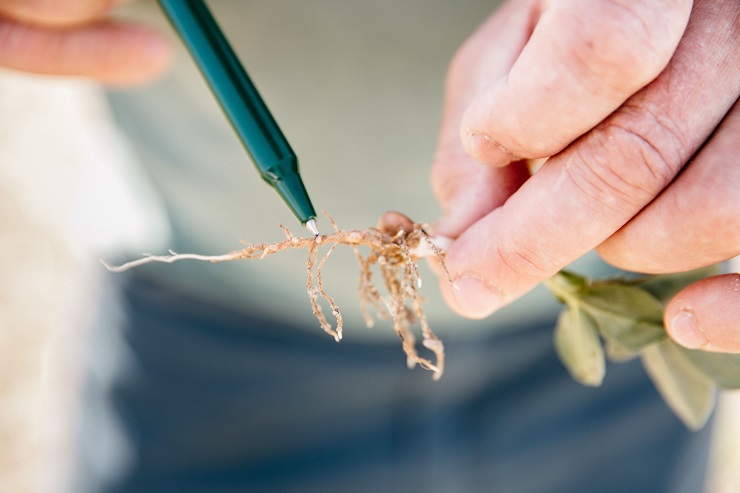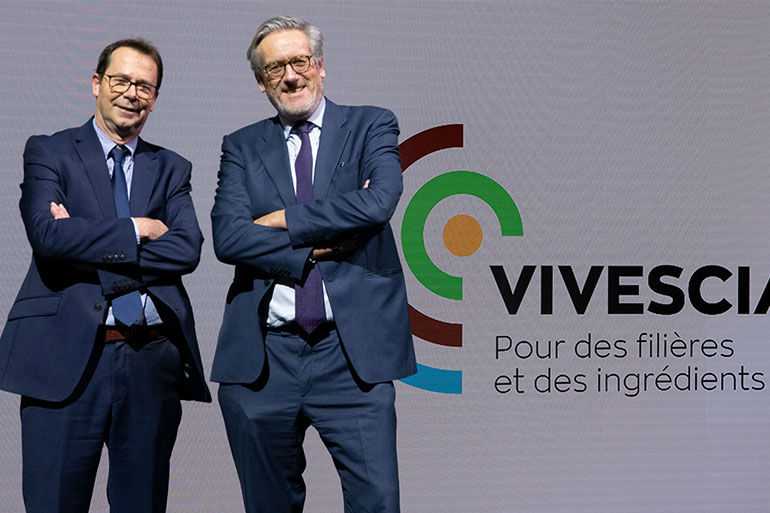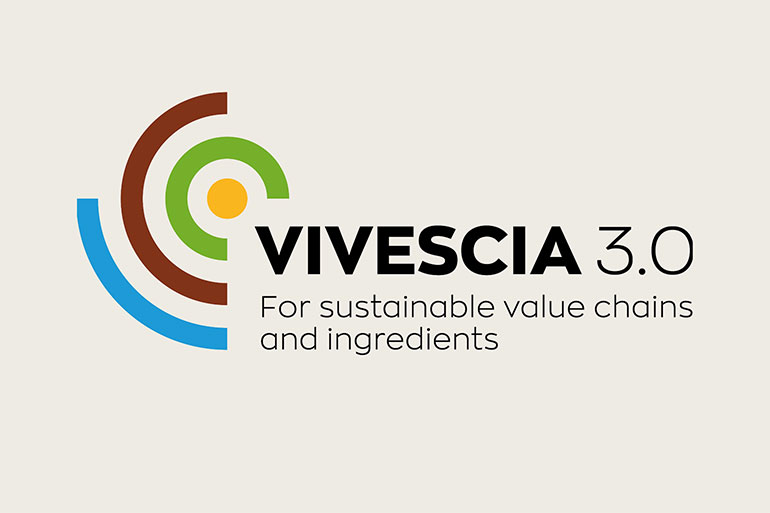Conservation farming : no tillage ? Then how does it grow ?


With conservation farming, the soil works all by itself… And it's good for the planet! How is this possible? And what does it conserve? Answers with Jean-Luc Forrler, agronomic engineer, VIVESCIA's "soil conservation" project manager and coordinator of the VIVESCIAgrosol club. For him, there are three key principles: Limiting soil disturbance, cover crops, and changing crop rotation.
What is conservation farming?
In fact, it is soil conservation farming. It might even be more appropriate to refer to it as regenerative agriculture, in the sense that we are "regenerating an ecosystem" to make the soil more fertile. The idea is to retain, or even return natural organic matter in the soil. Conservation farming is therefore based on a series of agronomic techniques that promote biodiversity in order to boost the soil's natural potential.
What are the specificities of soil conservation farming?
First of all, we eliminate tillage in order to minimise soil disturbance and prevent erosion. Left to their own devices, earthworms will turn the soil over excellently and tirelessly. We also need to look after the root system to help water circulate and infiltrate the soil. We use so-called "cover crops" to ensure the soil is always covered. We organise crop rotation with the right combination of cover crops, with legumes – clover, alfalfa, peas – that naturally produce nitrogen, boost micro-biological activity, and facilitate the conversion of plant matter into humus. When you leave crop residue (straw and crop husks) in the field, the resulting organic matter produces a natural fertiliser for grain crops. Then you just need to sow (wheat, rapeseed, maize, or soya) directly into the cover crop (alfalfa, clover, peas, etc.). This technique is called under-sowing.
Is no-till farming really the agriculture of the future?
The first impression is that you lose the symbolism of the hard-working farmer behind his plough! One might even be tempted to think that it’s farming for couch potatoes! Quite the contrary! Making the ecosystem more fertile implies adding nutrients to the soil. There are various ways of doing that, depending on the crop cultivated, the type of soil, and the field's exposure, but the protocols remain complex and demanding. It is, therefore, a different model, which implies a revolution in terms of the farming system: Diversification of crops, different rotation, permanent soil coverage, and being very precise and rigourous in the application of solutions. You need to be well trained and you need a lot of support. The transitional period lasts between three and five years. To naturally store large quantities of nitrogen, for example, you need to sow legumes for several years.
In fact, it's a virtuous cycle. So the aim is to capitalise on biodiversity?
Yes. The return of biodiversity promotes the development of earthworm populations, which are central to the system: Their tunnels facilitate root penetration, which structures the soil, improving its bearing capacity, and facilitating drainage. Greater biological activity in the soil also improves the soil's filtration capacity. This helps to degrade chemical molecules before they seep into the water table. So we have a natural biological filter that prevents the pollution of groundwater and preserves the environment.
Does soil conservation farming reduce greenhouse gas emissions?
No tillage means no tractor and fewer CO2 emissions. Conservation farming is also a very effective way of reducing greenhouse gas emissions by storing carbon in the soil in the form of organic matter. Hence the benefit of reduced soil disturbance, crop residue left in the field, and the development of cover crops.
The environmental benefits of conservation farming are clear. What are the benefits for the farmer?
The farmer's greatest asset really is their soil: Sustainably regenerating and preserving it, therefore, has obvious benefits in the long term. Conservation farming also takes the diversity and specificities of each field into account. But as well as being more environmentally friendly, there are also economic advantages to conservation agriculture: No tillage means less fuel is used, less equipment, fewer breakdowns, and less wear and tear on equipment due to constantly bringing up and crushing stones. It also means fewer weeds (because the space is already taken by a permanent cover crop) and therefore less need for herbicides. When you can produce as much or more by investing less in mechanisation and plant health products, you sustainably increase farms' profit margins.
Does soil conservation farming reduce yields?
Not at all; the aim of conservation farming is to maintain high yields! It enables consistently high yields during the transitional phase. And in the long term, higher profit margins are possible due to the reduction of inputs (fertilisers, plant health products, fuel). A final important detail: conservation farming doesn't mean organic farming, because inputs are still authorised. Their use is just very limited and non-systematic, in very small doses. Once again, the aim is to achieve high yields. Organic farming, on the other hand, has yields that are 40 to 70% smaller, depending on the crop.
Read our other articles dedicated to soil conservation agriculture




